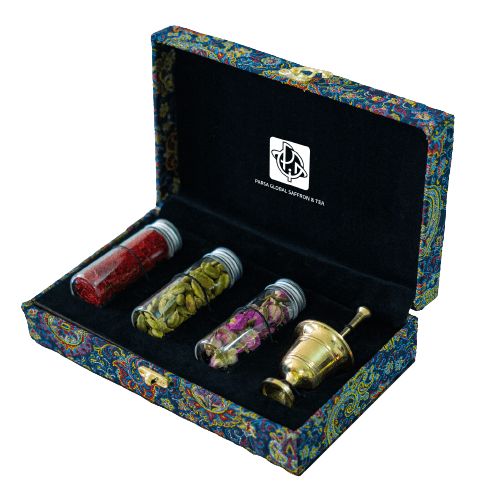



Premium Certified Novel Orange – Organic Tea
$16.50 Original price was: $16.50.$14.00Current price is: $14.00.
Botanically, navel oranges are classified as Citrus sinensis and are a winter variety growing in evergreen trees belonging to the citrus family of Rutaceae and six meters in height. Also known as Riverside Navel, Bahia Navel, and the Washington Navel. There are more than 50 different types of Navel oranges, and they are known to be some of the most popular ones across the globe.
Discount per Quantity
| Quantity | 3 | 4 | 5 - 6 | 7 + |
|---|---|---|---|---|
| Discount | 15% | 20% | 25% | 30% |
| Price | $11.90 | $11.20 | $10.50 | $9.80 |
Out of stock
They are grown by grafting because of their seedless nature. Due to this, the trees are genetically identical clones of the actual tree discovered back in 1820 in Brazil. Their resemblance with navels or small holes like belly buttons at the blossom stems makes them unique and popular. These tiny holes are made by a genetic mutation where another orange grows in the giant fruit.
Navel oranges are predominately favored for fresh consumption, flavoring sauces, chefs, home cooks for zesting, and garnish. They are an excellent source of dietary fiber, vitamin C, and thiamin. Besides, it also contains vitamin A, calcium, beta-carotene, and potassium. Navel oranges are best for both cooked and raw applications, and their balanced flavor shows up when used out-of-hand and fresh. Navel oranges are easy-to-peel, sweet, and can be tossed and segmented into green salads, garnished overcooked meats, blended into smoothies, and served over yogurt and grain bowls. It can also be chopped into salsa, served over toast with melted brie, and over vanilla ice cream.
Only logged in customers who have purchased this product may leave a review.

 Herbal Tea Bags
Herbal Tea Bags Premium Dried Fruit
Premium Dried Fruit








Reviews
There are no reviews yet.